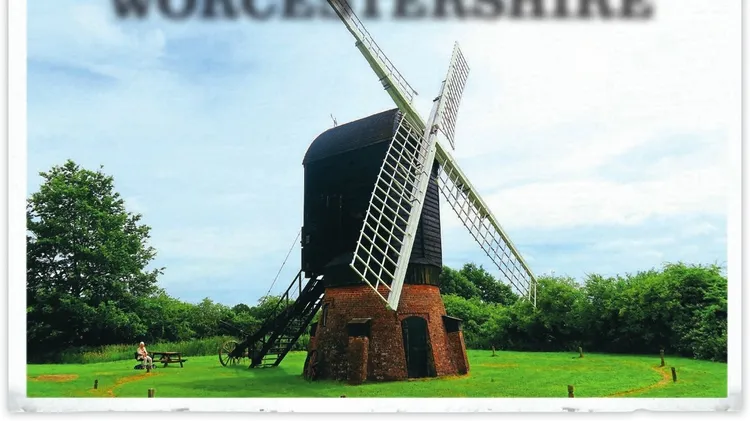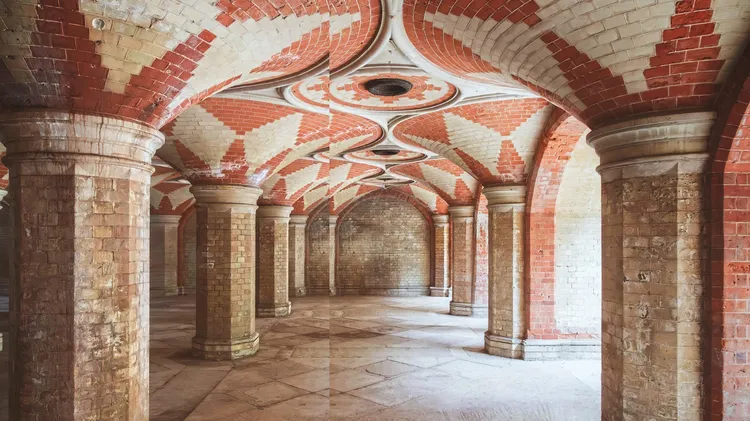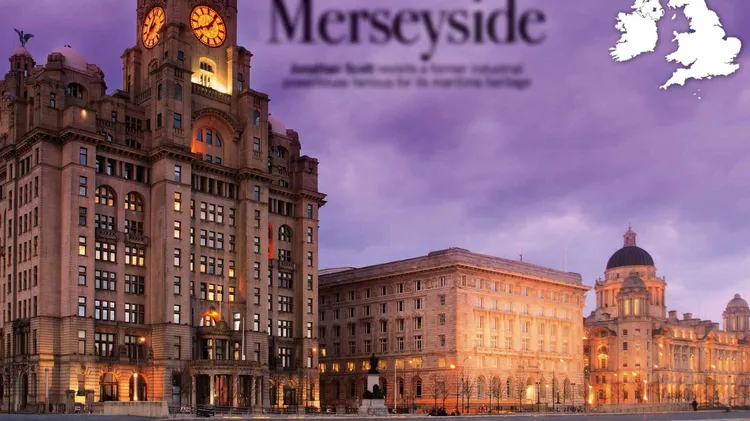Mike Bedford takes us on a tour of public houses of the British Isles, taking i
Thebritish pub
8 min read
This article is from...
Read this article and 8000+ more magazines and newspapers on Readly






